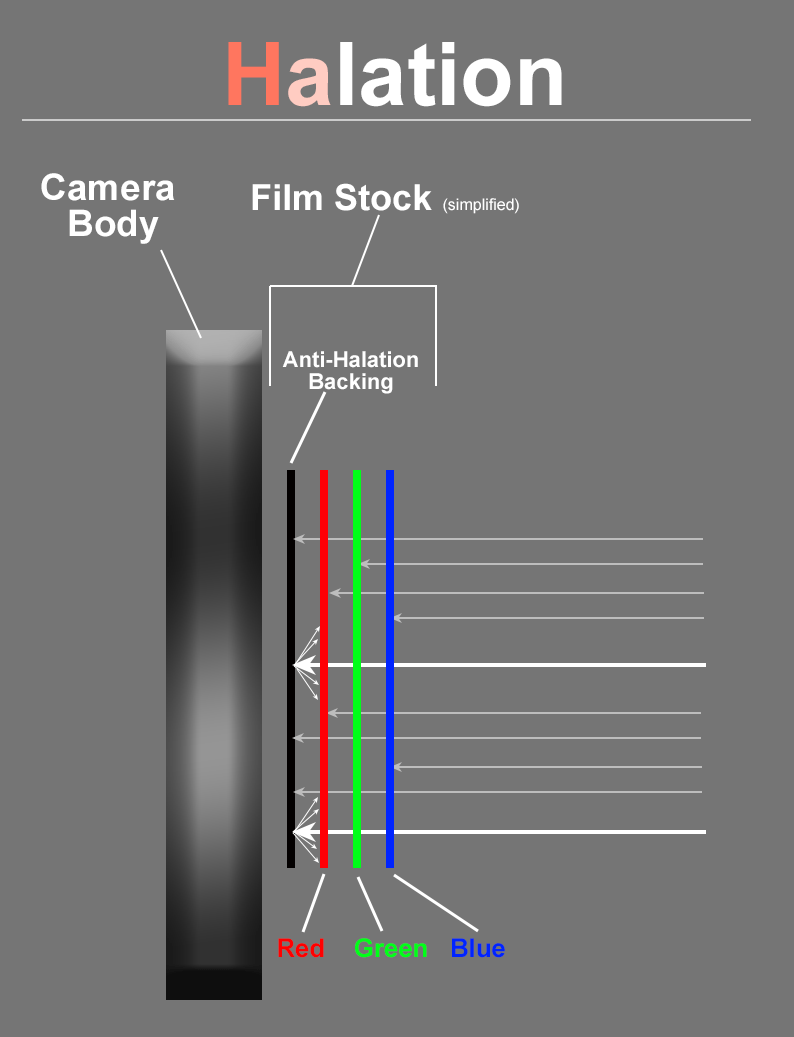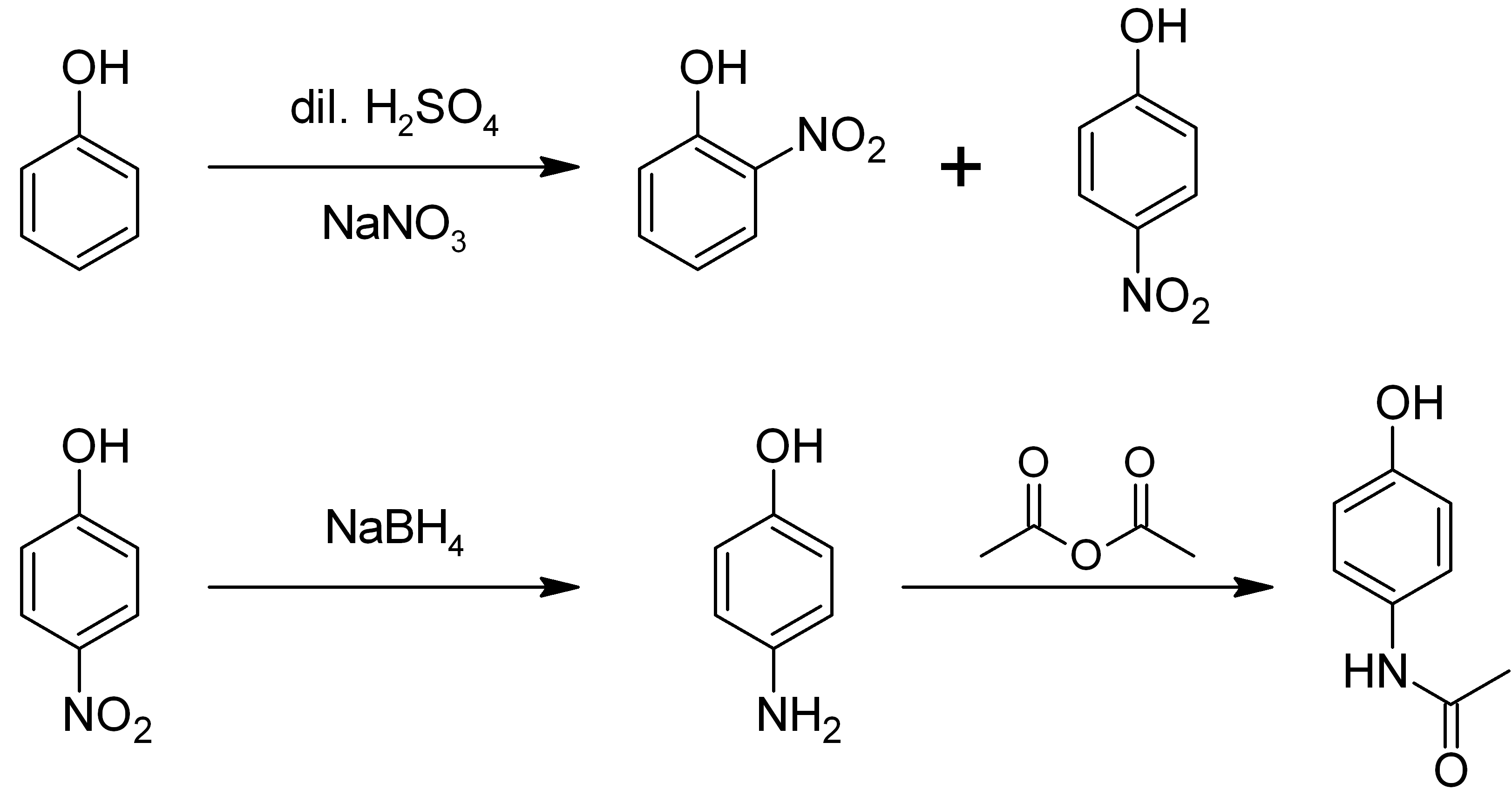|
Momme Andresen
Momme Andresen (; 17 October 1857 - 12 January 1951) was a Danish-German industrial research chemist. His main area of work was to formulate better developers and fixers for black-and-white photographs. Biography Andresen attended a Volksschule (a local state school) in Niebüll, Schleswig-Holstein, near his birthplace. He studied chemistry at the Technische Hochschule Dresden under Rudolf Schmitt. After doctoral studies at the University of Jena, he returned to Dresden to work as Schmitt's assistant. His first independent scientific work was to determine the structure of the dyestuff safranin, for the German chemical company Cassella. Around that time, he also discovered "Andresen's acid". He worked for some years in Buffalo, New York. In 1887, he took employment at Aktien-Gesellschaft für Anilinfabrikation (modern AGFA) in Berlin as a dyestuff chemist. He was already a keen amateur photographer. He had used, and was dissatisfied with, developers based on hydroquinone (whi ... [...More Info...] [...Related Items...] OR: [Wikipedia] [Google] [Baidu] |
Risum-Lindholm
Risum-Lindholm ( frr, Risem-Loonham) is a municipality in the district of Nordfriesland, in Schleswig-Holstein, Germany. Geography Location Risum-Lindholm lies about five kilometres southeast of Niebüll and six kilometres west of Leck on a boundary between a low, sandy area of geest and the marshes. Villages The municipality was formed in 1969 from the formerly independent municipalities of Risum and Lindholm. Because it extends over several kilometres, the villages of Maasbüll (North Frisian: ''Moosbel'', Danish: ''Masbøl''), Risum (NF: ''Risem''), Lindholm (NF: ''Lunham''), Klockries (NF: ''Klookriis'', Dan: ''Klokris''), Wegacker (NF: ''Wäieeker'') and Kremperhaus (Dan. ''Krempehus'') (beside Broweg (NF: ''Bruwäi''), Läiged, Legerade (NF: ''Läigeroos'') and Herrenkoog (NF: ''Hiirnekuch'', Dan: ''Herrekog''Videnskabernes Selskab: ''Kaart over den sydlige del af Slesvig'', Kopenhagen 1864), which do not lie on the long village street) are of great importance for de ... [...More Info...] [...Related Items...] OR: [Wikipedia] [Google] [Baidu] |
Buffalo, New York
Buffalo is the second-largest city in the U.S. state of New York (behind only New York City) and the seat of Erie County. It is at the eastern end of Lake Erie, at the head of the Niagara River, and is across the Canadian border from Southern Ontario. With a population of 278,349 according to the 2020 census, Buffalo is the 78th-largest city in the United States. The city and nearby Niagara Falls together make up the two-county Buffalo–Niagara Falls Metropolitan Statistical Area (MSA), which had an estimated population of 1.1 million in 2020, making it the 49th largest MSA in the United States. Buffalo is in Western New York, which is the largest population and economic center between Boston and Cleveland. Before the 17th century, the region was inhabited by nomadic Paleo-Indians who were succeeded by the Neutral, Erie, and Iroquois nations. In the early 17th century, the French began to explore the region. In the 18th century, Iroquois land surrounding Buffalo Creek ... [...More Info...] [...Related Items...] OR: [Wikipedia] [Google] [Baidu] |
Halation
An anti-halation backing is a layer found in many photographic films—and almost all film intended for motion picture cameras—usually a coating on the back of the film base, though it is sometimes incorporated between the light-sensitive emulsion and the base. Its purpose is to absorb light that passes through the emulsion, thus preventing any light from being reflected back through the emulsion from the rear surface of the base, or from anything behind the film, such as the pressure plate of the camera. This prevents a halo-like effect (halation) from forming around bright points or edges in the image. Still cameras, which handle less film and thus contend with less wear, typically hold their film in the gate with components painted or treated to be black, so reflections are less of an issue and few still films made use of anti-halation backings. The notable exception was Kodak's Kodachrome, which incorporated such a backing to aid with a very sensitive innermost layer. The ... [...More Info...] [...Related Items...] OR: [Wikipedia] [Google] [Baidu] |
Dry Plate
Dry plate, also known as gelatin process, is an improved type of photographic plate. It was invented by Dr. Richard L. Maddox in 1871 and had become so widely adopted by 1879 that the first dry plate factory had been established. With much of the complex chemistry work centralized into a factory, the new process simplified the work of photographers, allowing them to expand their business. Development Gelatin emulsions, as proposed by Maddox, were very sensitive to touch and mechanical friction and were not much more sensitive to light than collodion emulsions. Charles Harper Bennett discovered a method of hardening the emulsion, making it more resistant to friction in 1873. In 1878, Bennett discovered that by prolonged heating, the sensitivity of the emulsion could be greatly increased. George Eastman developed a machine to coat glass plates in 1879 and opened the Eastman Film and Dry Plate Company, reducing the cost of photography. A competitor of Eastman in the development ... [...More Info...] [...Related Items...] OR: [Wikipedia] [Google] [Baidu] |
List Of Parties To International Patent Treaties
__NOTOC__ This is a list of parties to international patent treaties which are open to all states. ;Paris:Paris Convention for the Protection of Industrial Property, Paris, 1883-03-20, came into force 1884-07-07 ;PCT:Patent Cooperation Treaty, Washington, 1970-06-19, came into force 1978-01-24 ;Budapest:Budapest Treaty on the International Recognition of the Deposit of Microorganisms for the Purposes of Patent Procedure, Budapest, 1977-04-28, came into force 1980-08-19 ;TRIPS:Agreement on Trade-Related Aspects of Intellectual Property Rights, Marrakech, 1994-04-15, came into force 1995-01-01 ;PLT:Patent Law Treaty, Geneva, 2000-06-01, came into force 2005-04-28 The list below was taken from details supplied by WIPO and the WTO. Dates quoted are the date on which the treaty came into effect for a given country. ;Notes See also *African Regional Intellectual Property Organization (ARIPO) *Eurasian Patent Organization (EAPO) *European Patent Organisation (EPO) *World Intellectua ... [...More Info...] [...Related Items...] OR: [Wikipedia] [Google] [Baidu] |
Right Of Priority
In patent, industrial design rights and trademark laws, a priority right or right of priority is a time-limited right, triggered by the first filing of an application for a patent, an industrial design or a trademark respectively. The priority right allows the claimant to file a subsequent application in another country for the same invention, design, or trademark effective as of the date of filing the first application. When filing the subsequent application, the applicant must claim the priority of the first application in order to make use of the right of priority. The right of priority belongs to the applicant or his ''successor in title''. The period of priority, i.e., the period during which the priority right exists, is usually 6 months for industrial designs and trademarks and 12 months for patents and utility models. The period of priority is often referred to as the priority year for patents and utility models. In patent law, when a priority is validly claimed, the date o ... [...More Info...] [...Related Items...] OR: [Wikipedia] [Google] [Baidu] |
Paris Convention For The Protection Of Industrial Property
The Paris Convention for the Protection of Industrial Property, signed in Paris, France, on 20 March 1883, was one of the first intellectual property treaties. It established a Union for the protection of industrial property. The convention is currently still in force. The substantive provisions of the Convention fall into three main categories: national treatment, priority right and common rules. Contents National treatment According to Articles 2 and 3 of this treaty, juristic and natural persons who are either national of or domiciled in a state party to the Convention shall, as regards the protection of industrial property, enjoy in all the other countries of the Union, the advantages that their respective laws grant to nationals. In other words, when an applicant files an application for a patent or a trademark in a foreign country member of the Union, the application receives the same treatment as if it came from a national of this foreign country. Furthermore, if th ... [...More Info...] [...Related Items...] OR: [Wikipedia] [Google] [Baidu] |
Patent Application
A patent application is a request pending at a patent office for the grant of a patent for an invention described in the patent specification and a set of one or more claims stated in a formal document, including necessary official forms and related correspondence. It is the combination of the document and its processing within the administrative and legal framework of the patent office. To obtain the grant of a patent, a person, either legal or natural, must file an application at a patent office with the jurisdiction to grant a patent in the geographic area over which coverage is required. This is often a national patent office, but may be a regional body, such as the European Patent Office. Once the patent specification complies with the laws of the office concerned, a patent may be granted for the invention described and claimed by the specification. The process of "negotiating" or "arguing" with a patent office for the grant of a patent, and interaction with a patent offic ... [...More Info...] [...Related Items...] OR: [Wikipedia] [Google] [Baidu] |
Aromatic Amine
In organic chemistry, an aromatic amine is an organic compound consisting of an aromatic ring attached to an amine. It is a broad class of compounds that encompasses anilines, but also many more complex aromatic rings and many amine substituents beyond . Such compounds occur widely. Aromatic amines are widely used as precursor to pesticides, pharmaceuticals, and dyes. Aromatic amines in textiles Since August 2012, the new standard EN 14362-1:2012 ''Textiles - Methods for determination of certain aromatic amines derived from azo colorants - Part 1: Detection of the use of certain azo colorants accessible with and without extracting the fibres'' is effective. It had been officially approved by the European Committee for Standardization (CEN) and supersedes the test standards EN 14362-1: 2003 and EN 14362-2: 2003. The standard describes a procedure to detect EU banned aromatic amines derived from azo colorants in textile fibres, including natural, man-made, regenerated, and ... [...More Info...] [...Related Items...] OR: [Wikipedia] [Google] [Baidu] |
P-aminophenol
4-Aminophenol (or ''para''-aminophenol or ''p''-aminophenol) is an organic compound with the formula H2NC6H4OH. Typically available as a white powder, it is commonly used as a developer for black-and-white film, marketed under the name Rodinal. Reflecting its slightly hydrophilic character, the white powder is moderately soluble in alcohols and can be recrystallized from hot water. In the presence of a base, it oxidizes readily. The methylated derivatives ''N''-methylaminophenol and ''N'',''N''-dimethylaminophenol are of commercial value. The compound is one of three isomeric aminophenols, the other two being 2-aminophenol and 3-aminophenol. __TOC__ Preparation From phenol It is produced from phenol by nitration followed by reduction with iron. Alternatively, the partial hydrogenation of nitrobenzene affords phenylhydroxylamine, which rearranges primarily to 4-aminophenol (Bamberger rearrangement). :C6H5NO2 + 2 H2 → C6H5NHOH + H2O :C6H5NHOH → HOC6H4NH2 From nitro ... [...More Info...] [...Related Items...] OR: [Wikipedia] [Google] [Baidu] |
P-phenylenediamine
''p''-Phenylenediamine (PPD) is an organic compound with the formula C6H4(NH2)2. This derivative of aniline is a white solid, but samples can darken due to air oxidation. It is mainly used as a component of engineering polymers and composites like kevlar. It is also an ingredient in hair dyes and is occasionally used as a substitute for henna. Production PPD is produced via three routes. Most commonly, 4-nitrochlorobenzene is treated with ammonia and the resulting 4-nitroaniline is then hydrogenated: :ClC6H4NO2 + 2 NH3 → H2NC6H4NO2 + NH4Cl :H2NC6H4NO2 + 3 H2 → H2NC6H4NH2 + 2 H2O In the DuPont route, aniline is converted to diphenyltriazine, which is then converted by acid-catalysis to 4-aminoazobenzene. Hydrogenation of the latter affords PPD.Robert A. Smiley "Phenylene- and Toluenediamines" in ''Ullmann's Encyclopedia of Industrial Chemistry'', 2002, Wiley-VCH, Weinheim. Uses Precursor to polymers PPD is a precursor to aramid plastics and fibers such as ... [...More Info...] [...Related Items...] OR: [Wikipedia] [Google] [Baidu] |




